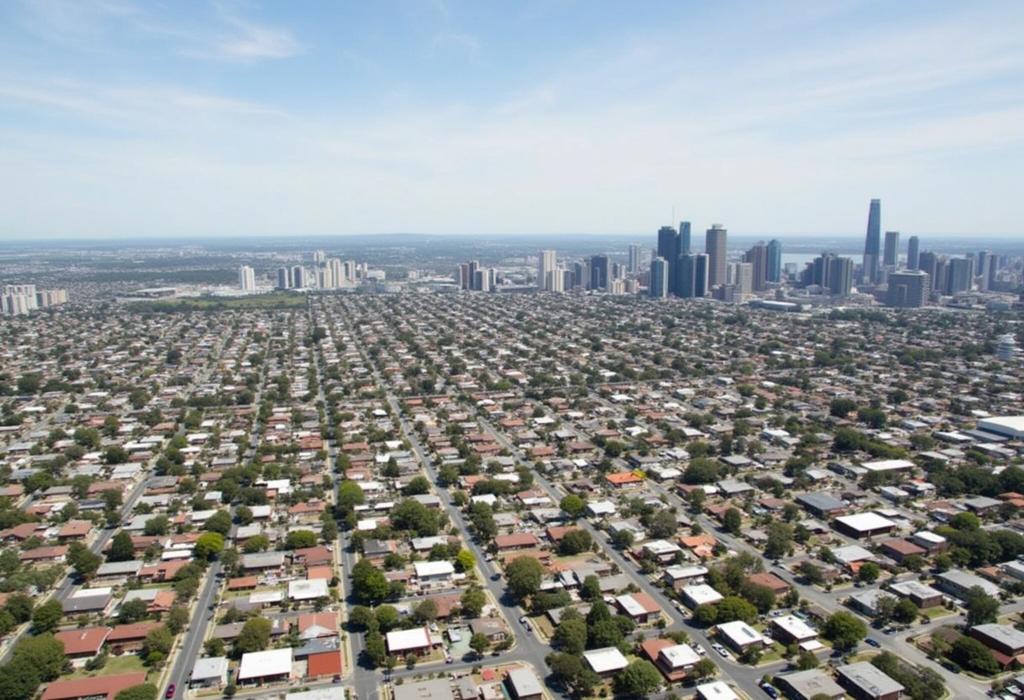The property landscape in Australia is currently seeing dramatic shifts caused by internal migration patterns, resulting in significant real estate booms in specific regions. Simultaneously, Queensland is grappling with the natural aftermath of Tropical Cyclone Dianne, bringing challenges of heavy rains and flooding across the state, with cases extending even to New South Wales. This call for attention not only underlines the immediate emergency response but also points to the long-term resilience and preparedness of affected communities. The destruction left by flooding has far-reaching impacts on agriculture, livelihoods, and community stability – issues that could further influence migration trends as people move towards safer regions. The consecutive episodes of heavy rain brought by Tropical Cyclone Dianne precipitate conversations about climate change and its potential escalation of extreme weather events, demanding urgent policy action and adaptive solutions. Artificial intelligence has reviewed and analyzed these events, offering insights into the impactful interconnections between internal migration trends and environmental challenges. Both not only forge immediate economic effects but also pose as critical determinants in shaping Australia's socio-economic and environmental future.
AD
AD
AD
AD
Bias Analysis
Bias Score:
30/100
Neutral
Biased
This news has been analyzed from 19 different sources.
Bias Assessment: The news coverage is predominantly factual and objective, focusing on the impact of internal migration and recent weather events without significant personal bias or emotive language. However, it includes expert commentary which brings subjective perspectives, particularly around the economic and environmental implications that may incite a minimal degree of bias due to the chosen framing of reported facts.
Key Questions About This Article




